Learn how to make a perfect French omelette recipe that’s tender throughout with a soft center and rich flavor!
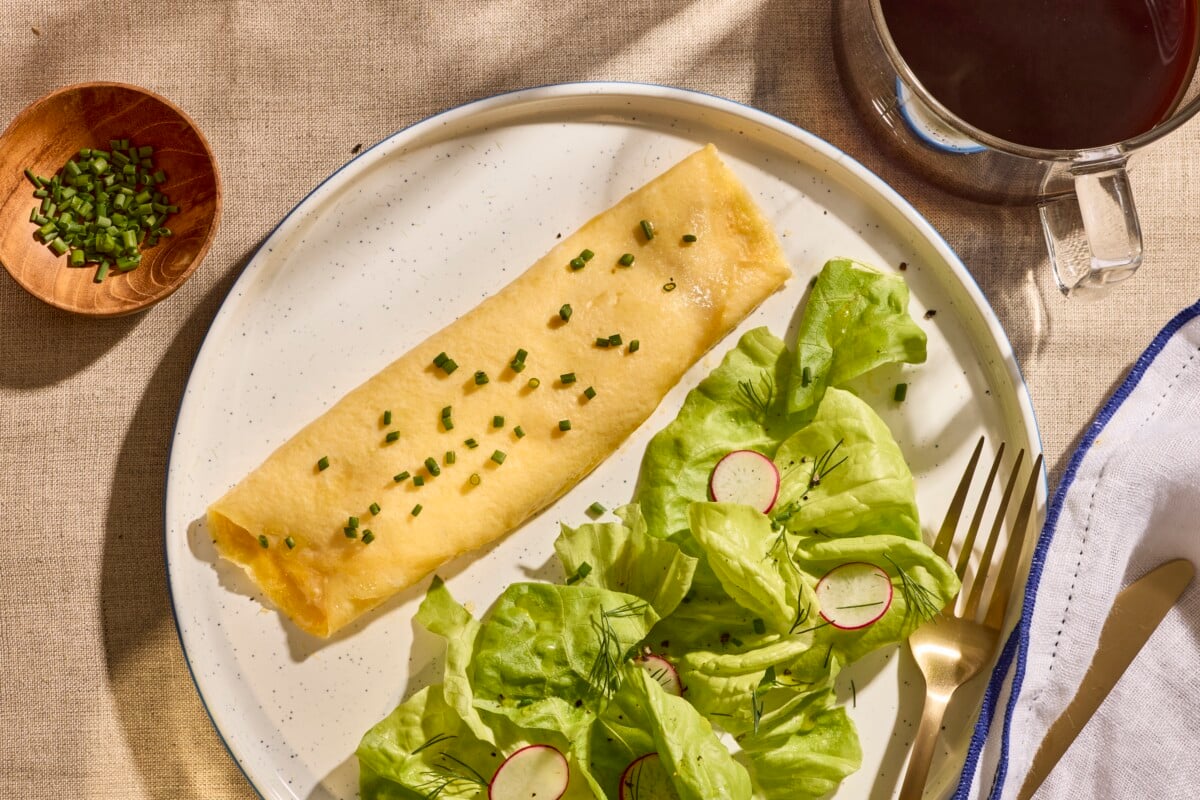
Classic French omelettes might seem a little intimidating, but they’re actually pretty simple to make as long as you have a bit of patience. The key is to cook the eggs slowly and evenly and then to fold carefully before serving.
If you’ve never attempted an omelette, I’ll walk you through the process step-by-step and will share my top tips and tricks along the way to guarantee you have success. By the time you’re done, you’ll have a filling breakfast that’s worthy of an upscale café.
Ingredients and Notes
See the recipe card below for the complete ingredients list and instructions.
- Eggs – For the best taste and presentation, make sure to use fresh eggs. To test your eggs, gently place them in a bowl of water. If they sink, you’ll know they’re fresh. Older eggs float and are best used for hard boiled eggs.
- Butter – I prefer to cook eggs with butter instead of olive oil or avocado oil for a richer flavor.
How to Make a French Omelette
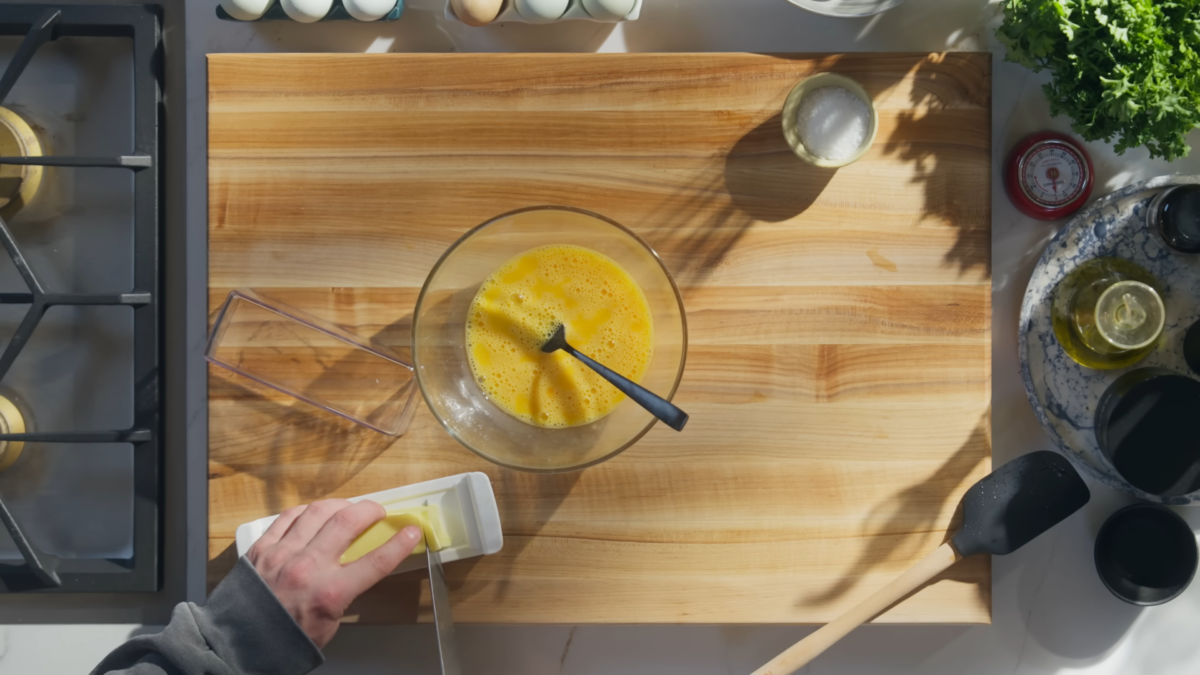
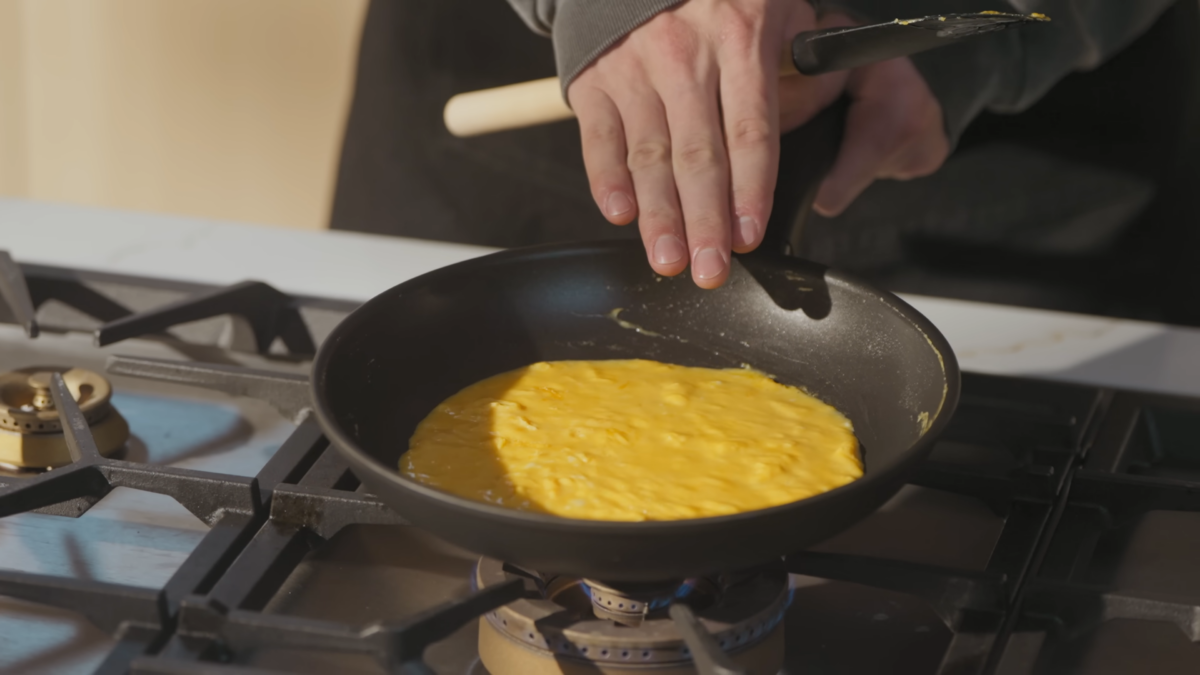
Tip: Strain before step two. Once the eggs turn a darker shade of yellow and appear thinner, whisk again for about 30 seconds to fully combine. Then, set a fine mesh strainer over a bowl, and strain any lumps out of the egg mixture. This creates a smooth texture that allows the eggs to cook evenly and firm up nicely for a smooth omelette that’s easy to roll.
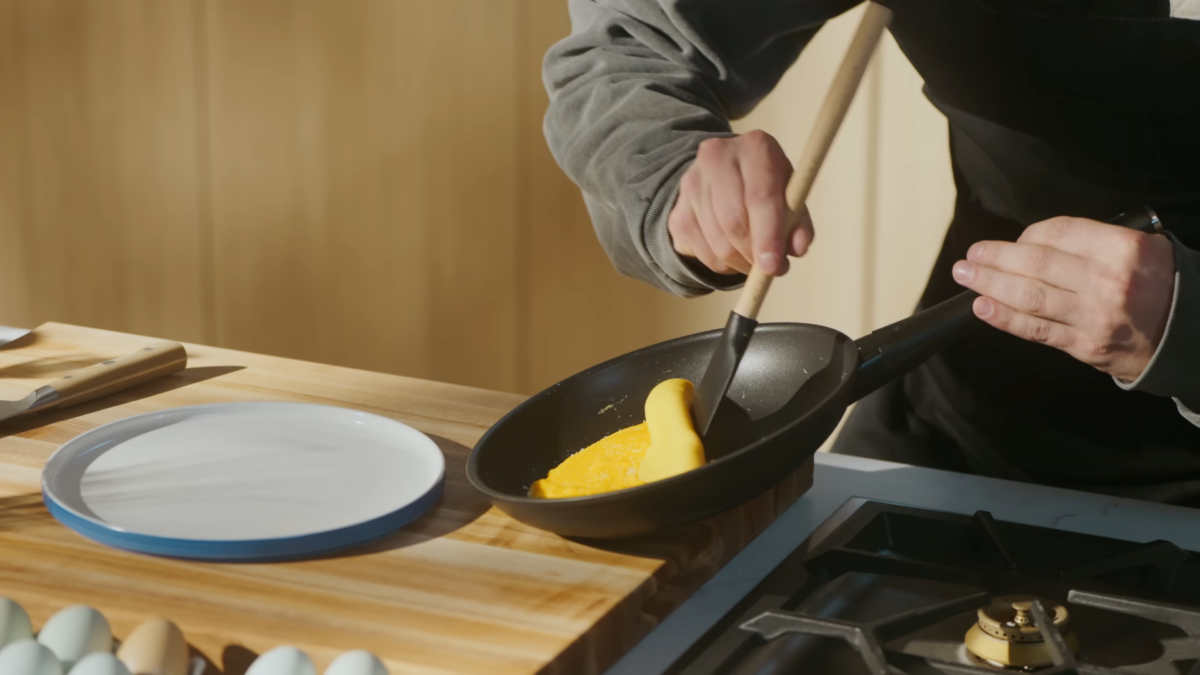
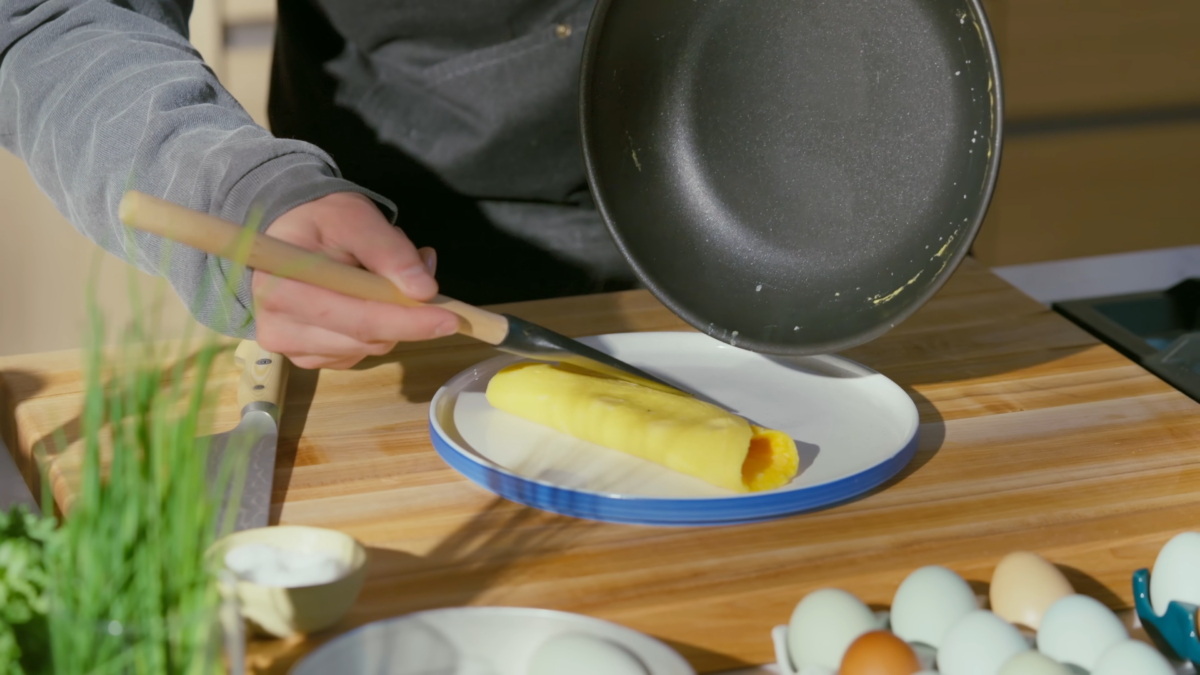
Possible Mix-Ins
Sometimes fresh herbs like chopped tarragon, parsley, or chives are stirred into the egg mixture before being cooked to create a fines herbes omelette. However, typically, classic French omelette recipes do not contain mix-ins.
That doesn’t mean you can’t add any, though. Tasty options include:
- Ham
- Smoked Salmon
- Mushrooms
- Baby Spinach
- Gruyère, Feta, Parmesan, or Goat Cheese
- Caramelized Onions
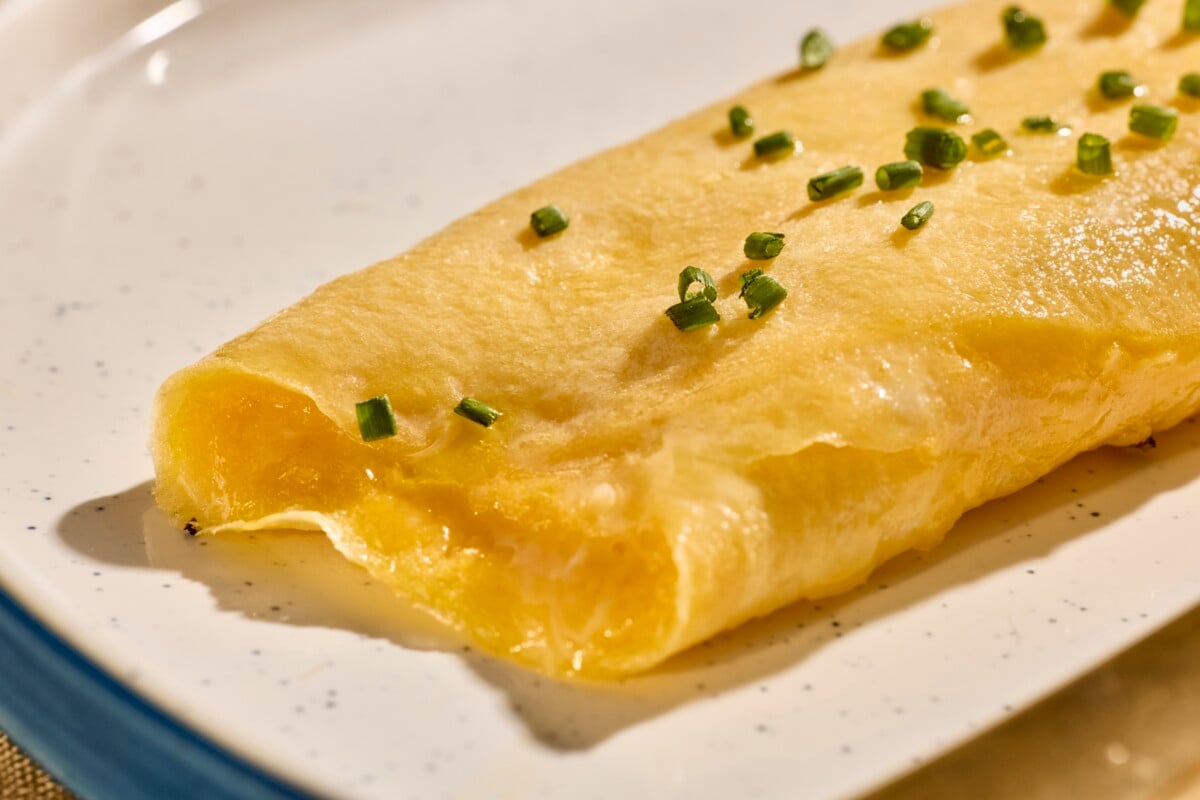
French Omelette Recipe

Equipment
- 2 Medium Mixing Bowls
- 1 Fine Mesh Strainer
- 1 Medium Nonstick Skillet
- 1 Small Spatula
- 1 Large Spatula
Ingredients
- 5 large egg*
- kosher salt to taste
- 1 tablespoon (14 gram) butter
- chives, for garnish
Instructions
- In a medium mixing bowl, add the eggs and a generous pinch of salt. Whisk vigorously with a fork for 30-60 seconds, or until the egg yolks and whites are fully combined. Set the bowl aside for ten minutes to allow the proteins to denature.5 large egg*, kosher salt to taste
- Once the eggs have turned a darker shade of yellow and appear thinner, whisk again for 30 seconds to fully combine.
- Set a fine mesh strainer over a bowl, and strain any lumps out of the mixture.
- Place a medium nonstick skillet over medium low heat, and add the butter. Once the butter begins to barely sizzle, add the eggs, and stir continuously with a small spatula, cooking about five minutes. Be sure to constantly scrape the sides of the pan to prevent any thin egg pieces from forming on the top part of the skillet.1 tablespoon butter
- Pick up the skillet, and tilt it downwards. Once the soft curds have formed enough to not run down the pan when tilted, the omelette is ready to roll. Season once more with salt, and add any desired filling.
- Using a larger spatula, begin from an outer corner and push the edges of the omelette down, rolling it onto itself. Once there is an inch and a half left to roll, fold the omelette onto the remaining soft curds to form a torpedo like shape and ensure the seal is on the bottom of the omelette.
- Transfer to a serving plate and garnish with chives.chives
Video

Notes
- *Use fresh eggs for the best results. To test your eggs’ freshness, place them in a bowl of water. Fresh eggs sink, and older eggs float.
- Storage: You can store leftovers in an airtight container in the refrigerator for up to two days, but I don’t recommend it. The eggs are likely to dry out and become rubbery once reheated.
Nutrition
Nutrition information is automatically calculated, so should only be used as an approximation.
 Like this recipe? Rate & comment below!
Like this recipe? Rate & comment below!Frequently Asked Questions
French omelettes are served plain or with light fillings and have a soft, almost custard-like texture, which is achieved by cooking the eggs slowly and whisking continuously.
Meanwhile, American omelettes are thicker and crispier with larger, more distinct egg curds, achieved by cooking without much stirring. In addition, American omelettes tend to have heavier fillings like meat, cheese, and veggies.
For an authentic meal, I like to serve this recipe garnished with fresh chives or chervil with simple sides like a light green salad, roasted potatoes, or crusty bread.
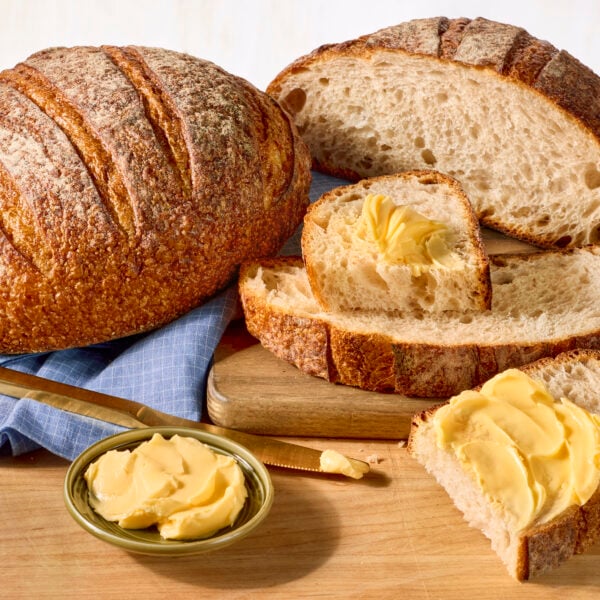



I didn’t know the real difference of a French or American omelate until reading this. Cool.
Spectacular taste amazing 🤩🤩🤩🤩🤩🤩🤩🤩🤩
Delicious